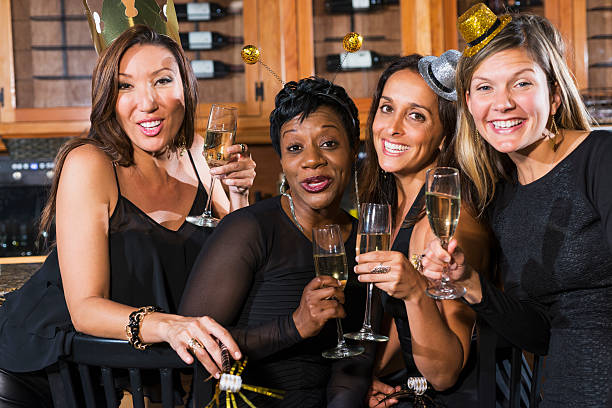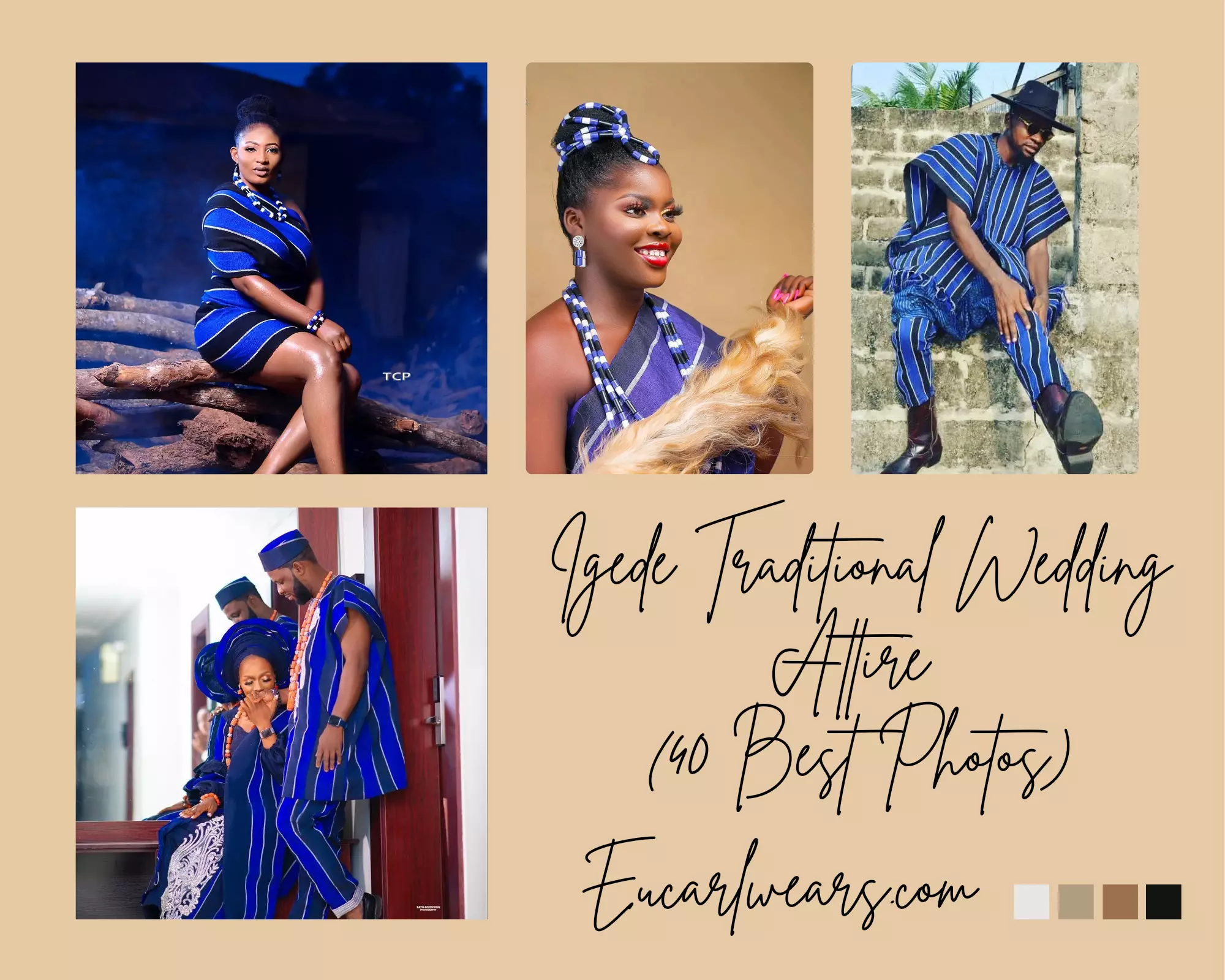African Wear
Best Xhosa Traditional Attire For Women

The Xhosa people are not just the largest but also very unique among the many diverse ethnic groups in South Africa. The major Xhosa Traditional Attire For Women consists of the Umbhaco – which is the major piece and a skirt and blouse unit, the Inxili – a shawl usually draped around the shoulders, and the Izicolo – the beads which serves as the major accessory.
Other xhosa attires for women include Ibhayi, Ibhayi lemkhwetha, Ibhayi likamkhulu, Imbiza, Imbiza yezintombi, Imbiza yomkhwetha, Isidwaba, Isikhakha, and Isikhwama.
Table of Contents
The Xhosa People’s Culture
Xhosa is a prominent ethnic group in South Africa, and are part of the Nguni linguistic group. They have a deep-rooted history in the Eastern Cape province.
The Xhosa people are known for their rich cultural heritage and traditions, including oral storytelling, music, dance, and rituals (e.g. initiation rite into adulthood). These activities play a vital role in their community bonding and preserving their cultural identity. Respect for elders, community harmony, and spirituality are also of great importance in the Xhosa culture.
Xhosa Cultural Clothing for Women
Xhosa women’s traditional attire is more than just clothing; it is a mark of womanhood and the Xhosa heritage. Every piece of design and pattern on the Xhosa traditional outfit has its own unique meaning and purpose. The Xhosa attire for women includes a shawl or blanket, a skirt, and beaded headgear called “Unngqa” or “Igwala“. Women also accessorize their outfits with other beaded necklaces and earrings.
“Umbhaco” – The Revered Xhosa Traditional Dress:
The iconic “Umbhaco” dress, is a beautiful ensemble adorned with beadworks and geometric patterns. It symbolizes cultural pride and identity, and is worn for ceremonies, festivals, and significant events, such as weddings, initiations, and community gatherings.
Umbhaco is a two-piece clothing, consisting of a colorful, pleated skirt, and a matching blouse with puffed sleeves. The fashion skirt called “Imibhaco” or “Isikhakha” is ornamented with elaborate beads works and colourful weaves. The top is also adorned with beadworks and embroidery patterns, which are symbolic of the cultures stories and values.
“Inxili” – The Stylish Shawl:
The striking shawl that the Xhosas wear is called “Inxili“. It is made from soft, luxurious fabrics, and is draped gracefully over the shoulders, or the waist, to add an elegant touch to the overall attire. “Inxili” provides warmth to the wearers and represents the grace and dignity of Xhosa women, hence, an integral part of the attire. The different colors and patterns of the shawl also has its cultural significance.
“Izicolo” – The Vibrant Beadwork:
“Izicolo” refers to the beadwork that forms the necklaces, bracelets, and headbands that are worn as accessories. Each bead has its own meaning, and altogether, they represent unity, love, and community values. Through the centuries-old art of beadwork and the elegance of their traditional clothing, Xhosa women play a pivotal role in carrying forward the cultural legacy and preserving the beauty of their cultural heritage.
Because the Xhosa people hold their cultural heritage close to their hearts, the Xhosa Traditional Attire For Women and even the ornaments they wear, show the stages of their lives. An unmarried woman wears a certain kind of dress, the headdress worn by a newly married girl is also distinct, and when she gives birth to her first child, the style changes, and so on.
The main traditional Xhosa traditional colours are red and orange ochre. The red traditional wear is also the traditional colour of Tembu and Bomvana. Before wearing the Xhosa Traditional Attire For Women, it is good you understand the history of the traditional Xhosa clothing and the meaning each colour holds.
Pictures of the Xhosa Traditional Attire for Women
Below are some pictures of the Xhosa Traditional Clothes For Women that you should consider styling.




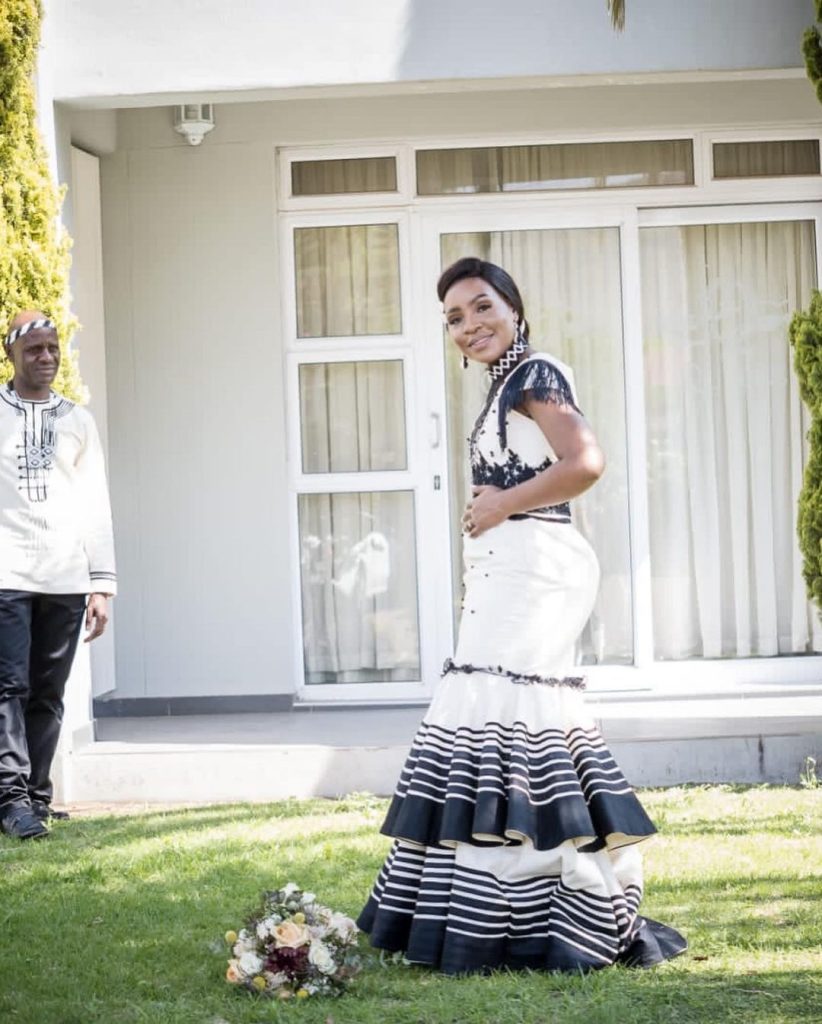
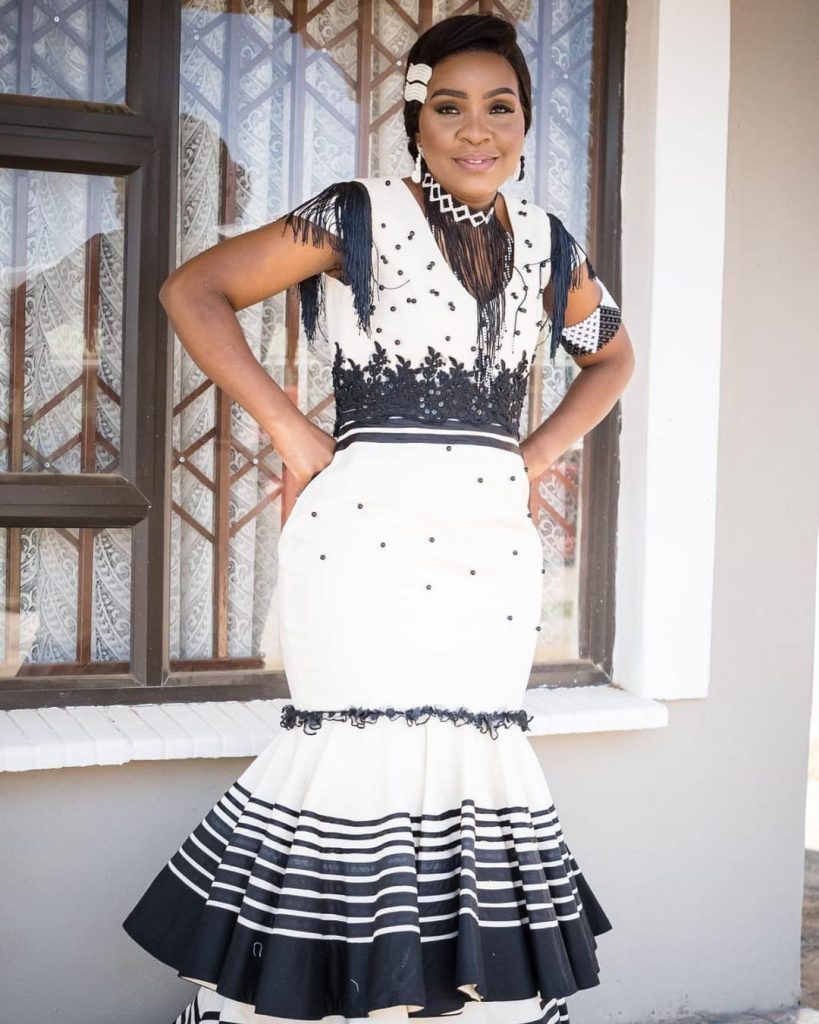



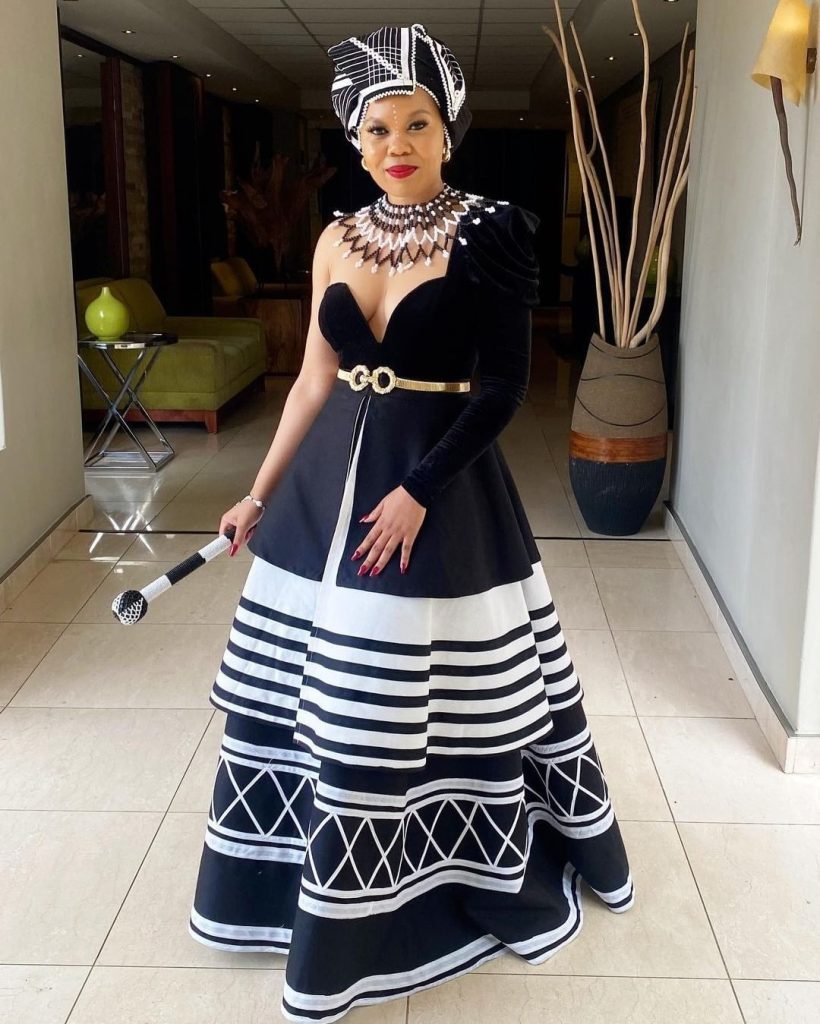




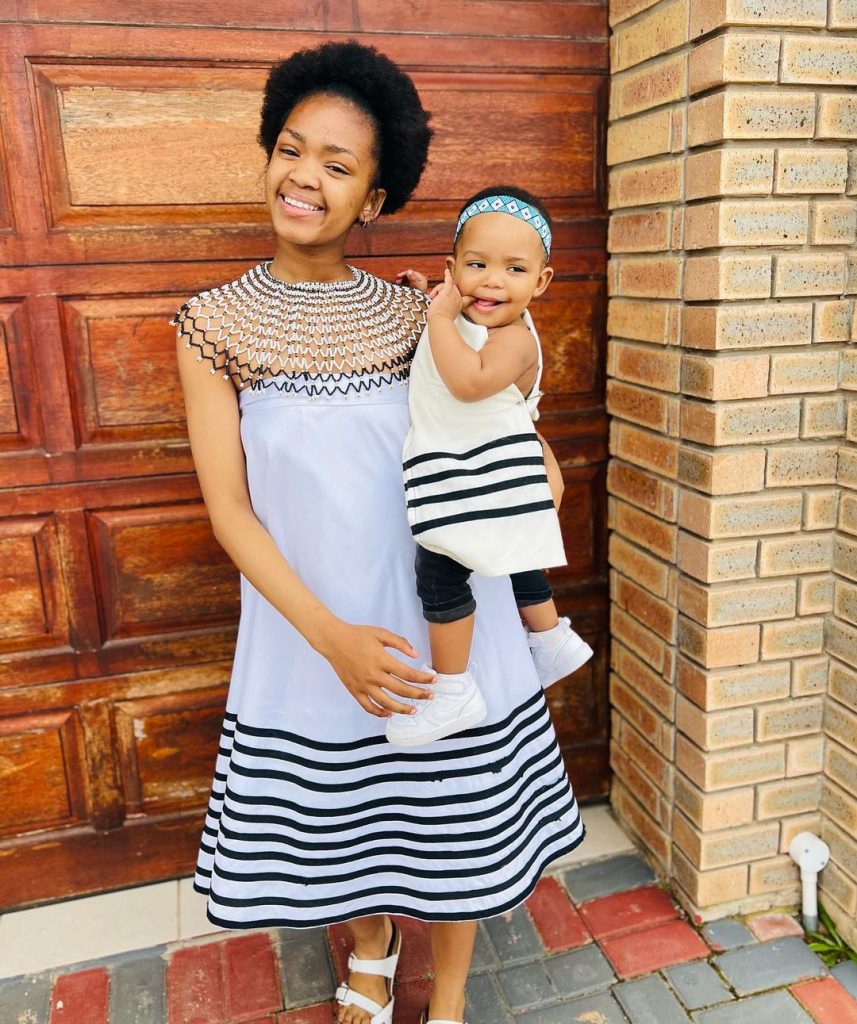

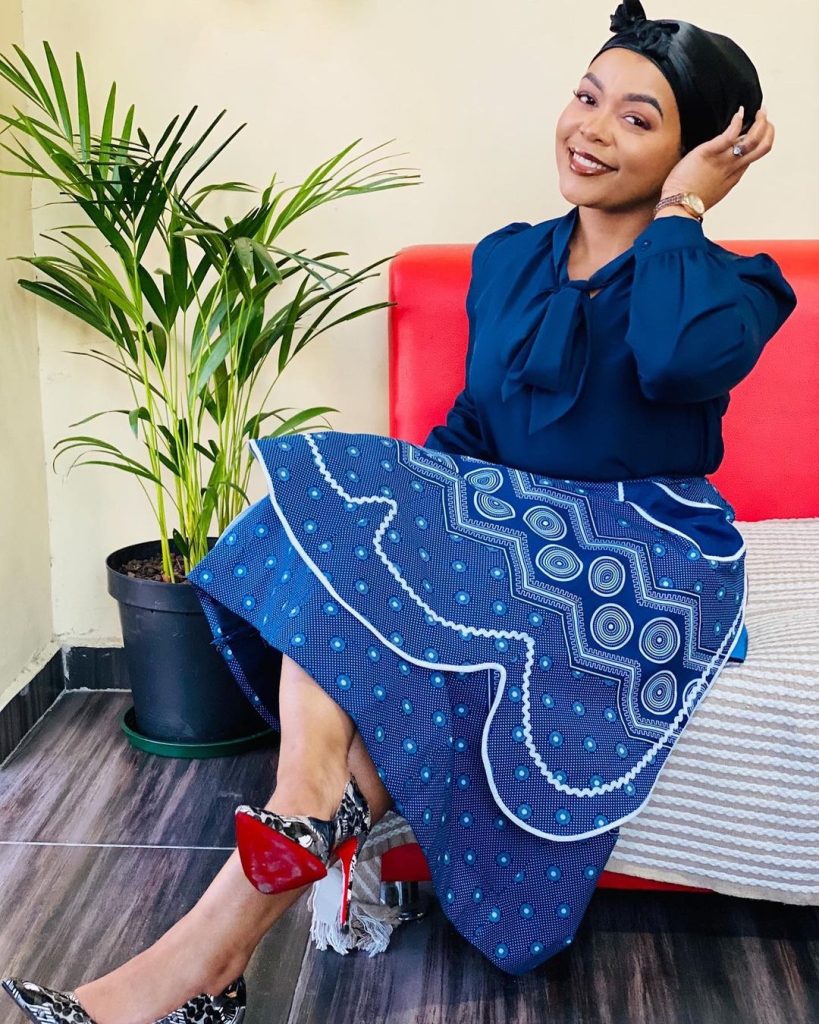



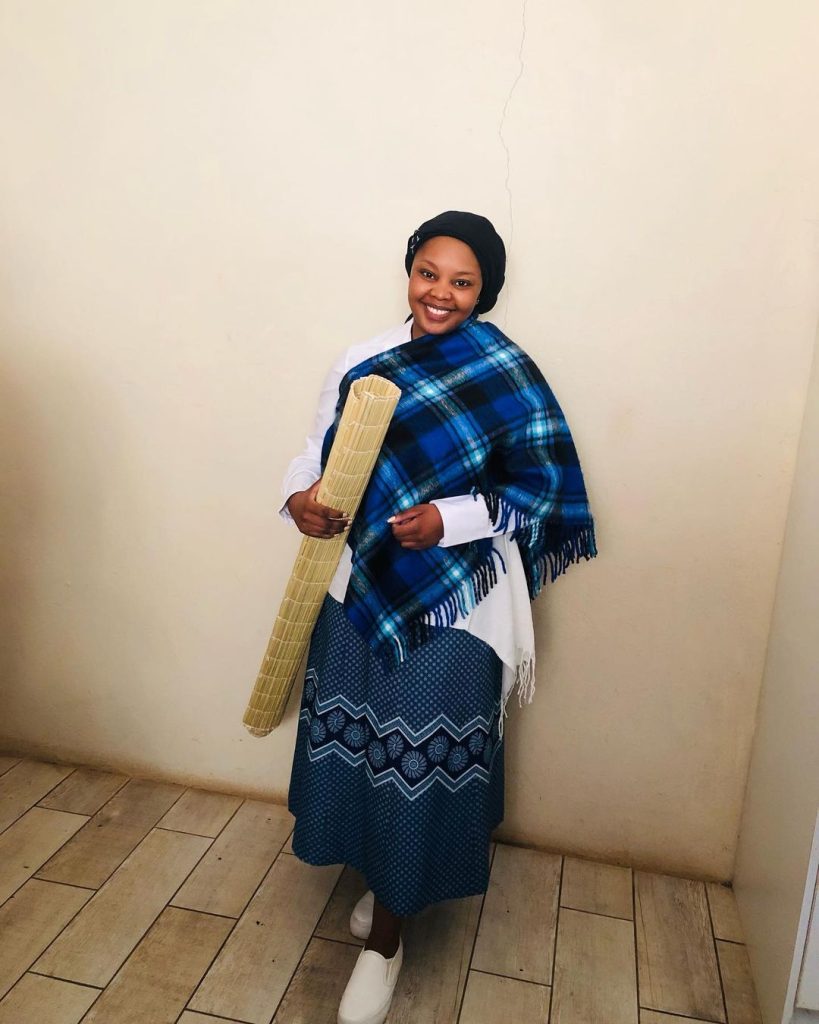


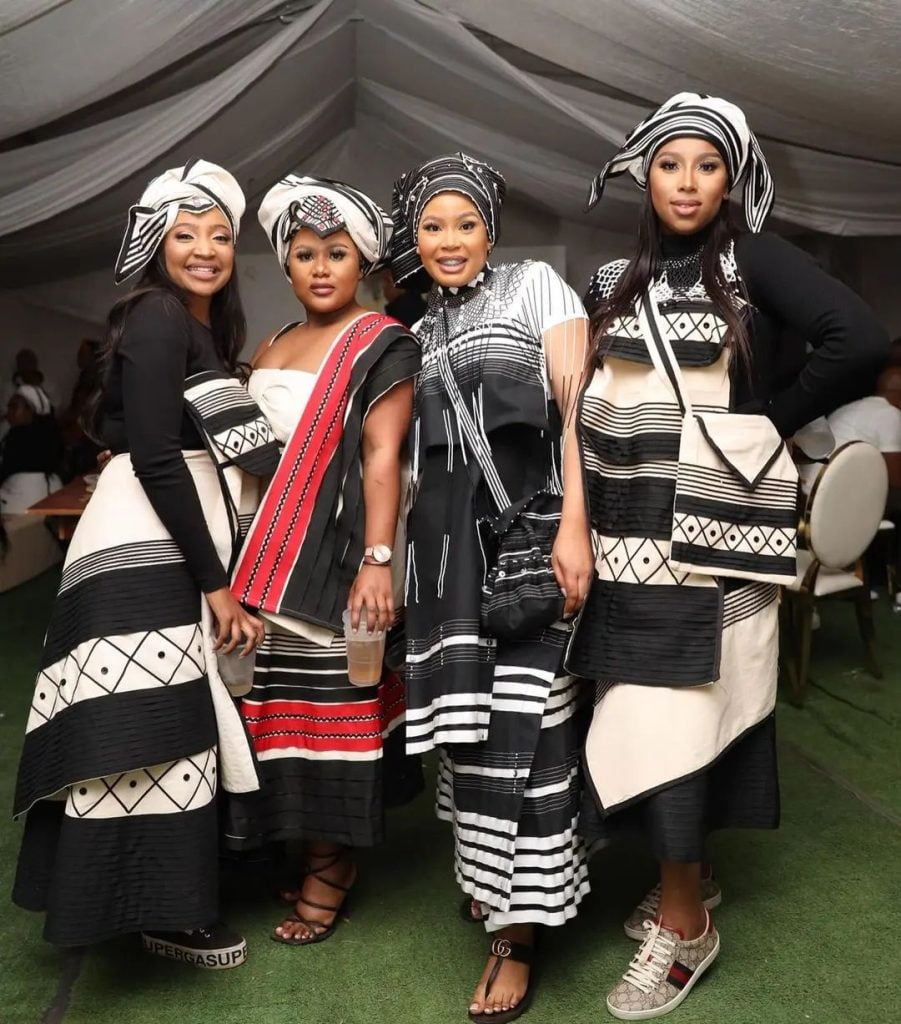





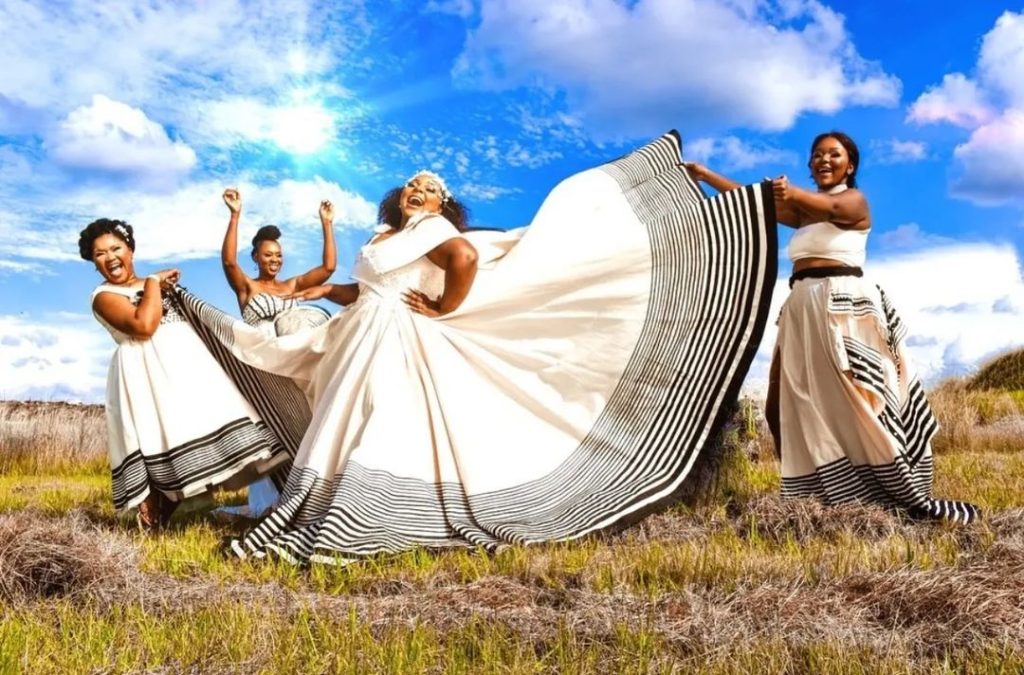


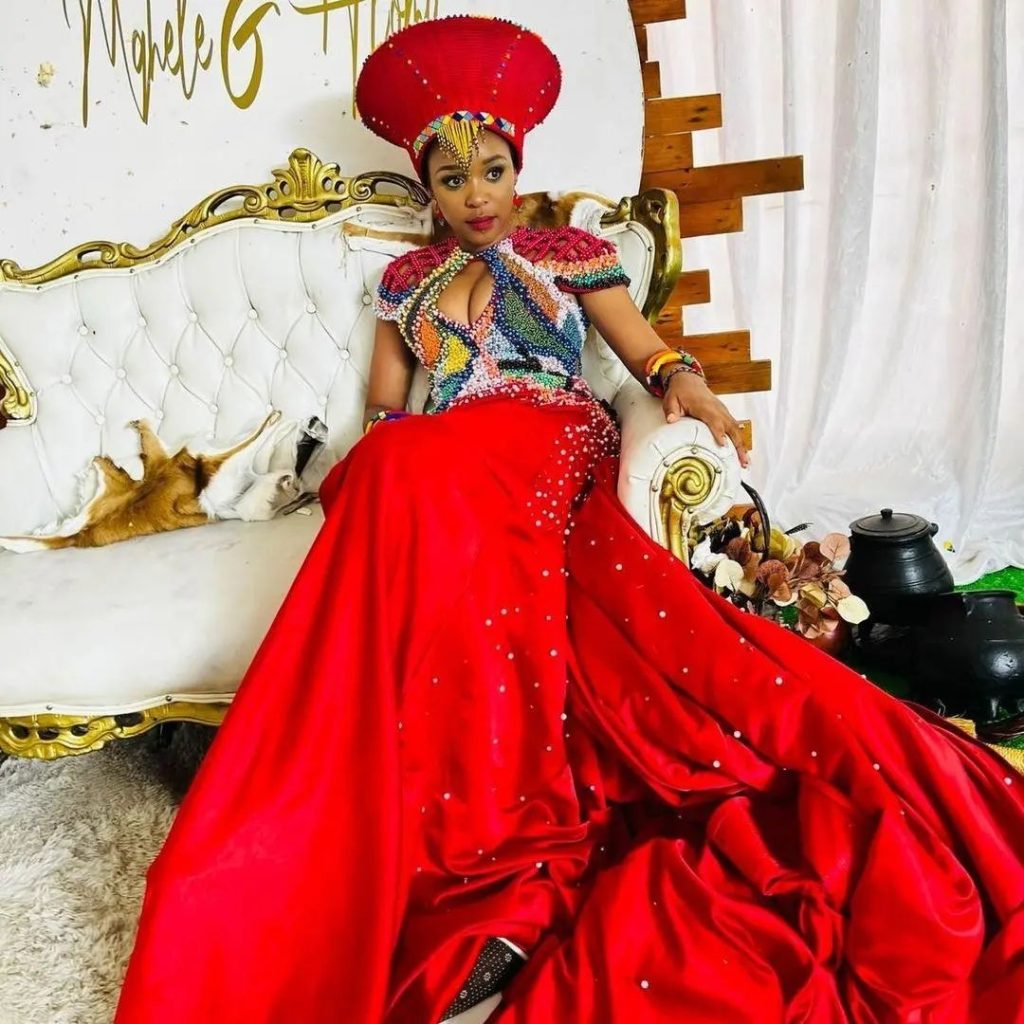





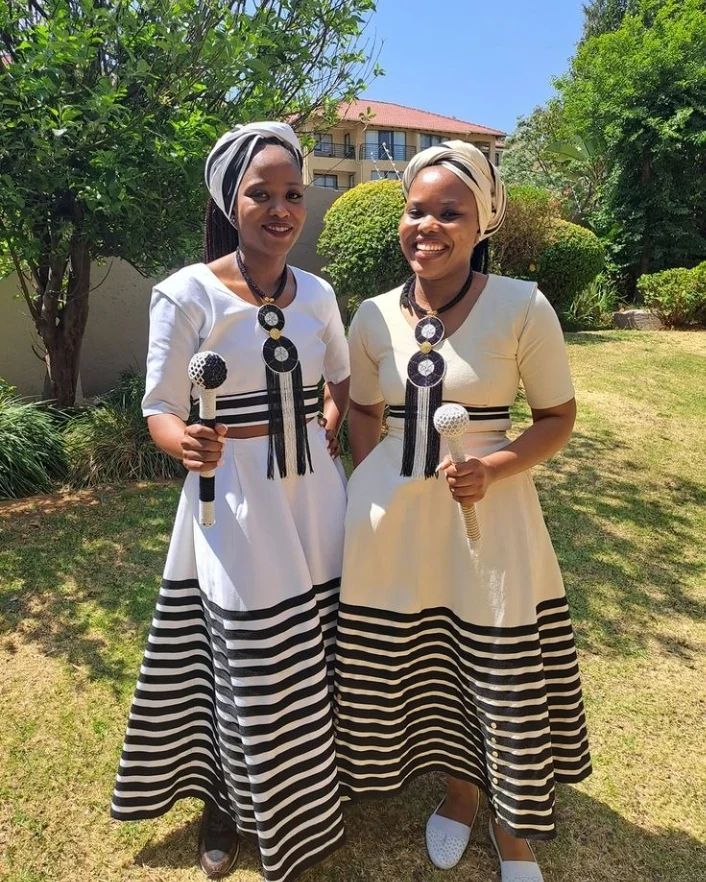

Conclusion
We’ve pictured some of the traditional attires of the xhosa or mpengu people. Now, let us know your thoughts; we’d love to hear. Which of the Xhosa attires do you love the most? Is it the skirts, the tops, the headwear, the accesories and what have you? Feel free to share your views by commenting below.



